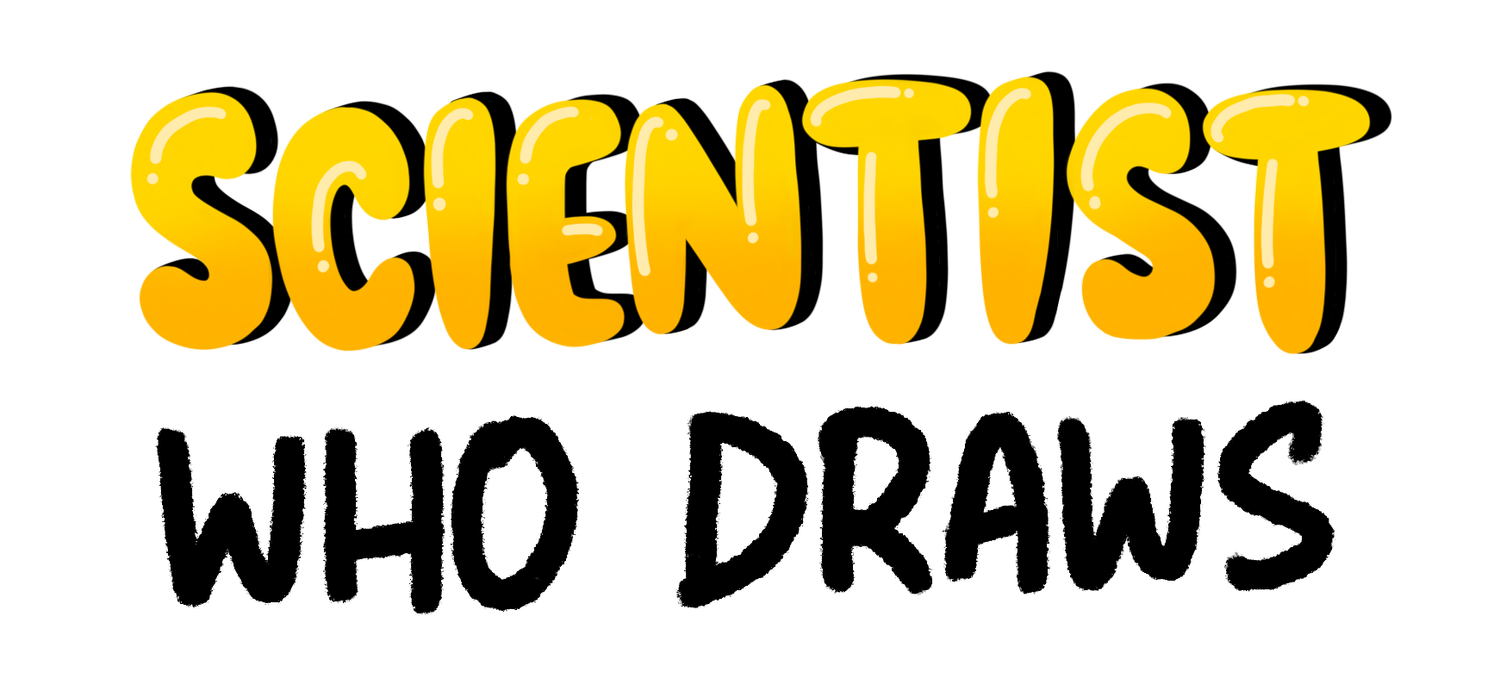Mood Disorders
Mood disorders or affective disorders, refer to a group of mental health conditions that mainly affect the emotional state of an individual. Individuals with mood disorders often experience long periods of extreme emotional highs and lows. There are a few different types of mood disorders, but three of the most common types are mania, depression, and bipolar disorder.
A. MANIA
Mania is a condition characterized by a period of abnormally elevated, extreme changes in mood, emotions, energy level, or activity level. For a diagnosis, symptoms should last for a minimum of one week, with the typical duration extending to 3-4 months.
The key symptoms of mania include:
Elevated Mood: Individuals often experience an intense and abnormally elevated mood. They may describe feeling extremely happy, confident, or euphoric.
Increased Psychomotor activity: Individuals frequently exhibit heightened levels of physical movement and activity, leading to overactivity and restlessness.
Racing Thoughts: Thoughts during mania may be rapid, fragmented, and difficult to control, resulting in challenges with concentration and decision-making.
Reduced Sleep: Individuals may experience a decreased need for sleep and feel rested and energetic even after minimal rest.
Impulsivity: Mania is often associated with impulsive behaviors, such as excessive spending, risky sexual behaviors, or reckless driving.
Talkativeness: Individuals may speak rapidly and incessantly, expressing their racing thoughts. They may find it challenging to keep up with their thoughts.
Delusion of Grandeur: Individuals experiencing mania may also hold exaggerated beliefs about their importance, abilities, or identity. These delusions can lead to an inflated sense of self-esteem and a conviction of having exceptional powers, talents, or significance.
🧠 Hypomania: Hypomania is a milder form of mania. Individuals experiencing hypomania may have an elevated mood, increased energy, and heightened activity levels, similar to mania, but the symptoms are less intense. Individuals often remain more functional and may even experience increased creativity and productivity.
B. Major Depressive Disorder (MDD)
The term ‘depression’ is broadly to describe temporary feelings of sadness or a low mood and persistent feelings of sadness, hopelessness, or a lack of interest in activities. Major Depressive Disorder (MDD) is a common and severe form of depression, characterized by the presence of one or more depressive episodes, each lasting for a minimum of 2 weeks.
The key symptoms of depression include:
Depressed Mood: Individuals with depression experience a pervasive sadness or loss of interest in all activities, leading to social withdrawal, impaired occupational activity, and strained interpersonal relationships. Anxiety, irritability, and frustration are also common.
Depressive Ideation: Individuals may become pessimistic, feeling hopeless, helpless, and worthless. They may also exhibit feelings of guilt, indecisiveness, poor memory, lack of initiation, and thoughts of self-harm or suicide.
Physical Symptoms: Individuals may experience headaches, a sense of heaviness in the head, body aches, easy fatigability, and decreased energy.
Psychomotor activity: Younger patients (< 40 years) may exhibit decreased energy, while older patients often display agitation, characterized by hand-wriggling or an inability to sit still.
Disturbance of Biological Functions: Individuals may experience disturbance in their sleep patterns, a decrease in appetite and weight, and a reduction in sexual drive.
Psychotic features: In some cases, depression may be accompanied by psychotic features, including delusions (such as nihilism and poverty), and hallucinations.
🧠 Recurrent Depressive Disorder: Recurrent Depressive Disorder is a subtype of Major Depressive Disorder characterized by multiple episodes of depressive symptoms. To meet the diagnostic criteria, an individual must experience at least two separate depressive episodes separated by periods of at least 2 months during which they are not experiencing significant depressive symptoms.
🧠 Persistent Depressive Disorder: Persistent Depressive Disorder (PDD), previously known as Dysthymia, is a subtype of Major Depressive Disorder that involves a long-lasting, low-grade depression that lasts for at least two years in adults and one year in children and adolescents.
C. BIPOLAR DISORDER
Bipolar disorder, also called manic depressive psychosis (MDP), is characterized by extereme mood swings that includes recurrent episodes of mania and ldepression with periods of normalcy in between.
There are two main types of bipolar disorder:
Bipolar I Disorder: Involves manic episodes accompanied by depressive episodes. Manic episodes are characterized by elevated mood, increased energy, impulsivity, and a decreased need for sleep.
Bipolar II Disorder: Involves hypomanic episodes that may be accompanied by depressive episodes, which are less severe than mania. Hypomania involves increased energy and mood elevation to a lesser degree than mania.
